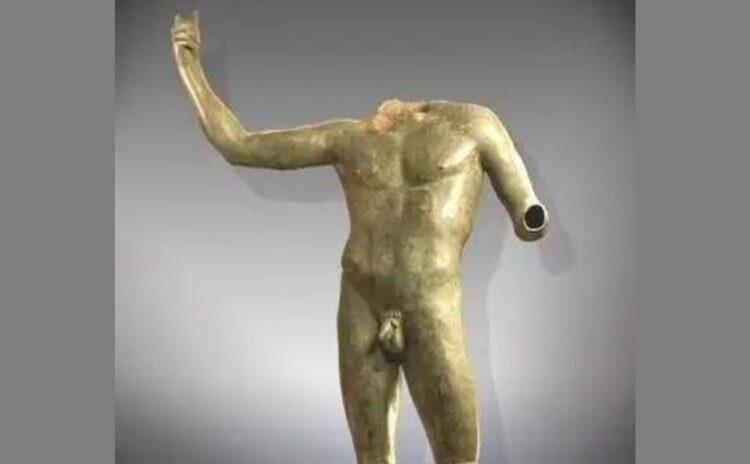
A 74-year-old American collector is facing legal trouble in New York after prosecutors accused him of knowingly purchasing an ancient statue looted from Türkiye.
According to a report by The New York Times, the Manhattan District Attorney’s Office has issued an arrest warrant for Aaron Mendelsohn, who in 2007 bought a 2,000-year-old Roman emperor statue originally stolen from the ancient city of Boubon in the western province of Burdur.
Investigators say the statue, one of about ten illegally excavated from Boubon in the 1960s, traveled first to the United Kingdom before reaching the United States.
Despite being aware of its illicit origins, Mendelsohn acquired the piece from a gallery and continued to display it. Court filings revealed that he even sought advice from a former museum curator on how to avoid legal consequences, who reportedly suggested showing the piece only to private guests.
The case gained momentum following the establishment of the Antiquities Trafficking Unit in the Manhattan District Attorney’s Office in 2017. Working in close cooperation with Türkiye’s Culture and Tourism Ministry, prosecutors gathered electronic correspondence and documentation that linked Mendelsohn directly to the illegal acquisition.
The evidence, authorities said, made clear that the collector had full knowledge of the statue’s stolen provenance.
“This development underlines Türkiye’s determination to deter buyers of looted artifacts,” Culture and Tourism Minister Mehmet Nuri Ersoy had said in an earlier statement, emphasizing that discouraging collectors is key to fighting smuggling.
“Our country has reaped the results of this strategy in the past seven years, with other nations’ law enforcement agencies increasingly prioritizing cultural heritage cases.”
Over the past decade, Türkiye’s intensified efforts — supported by bilateral agreements and the establishment of a dedicated anti-smuggling department — have secured the return of 26,684 artifacts, nearly 9,000 of them since 2018 alone.